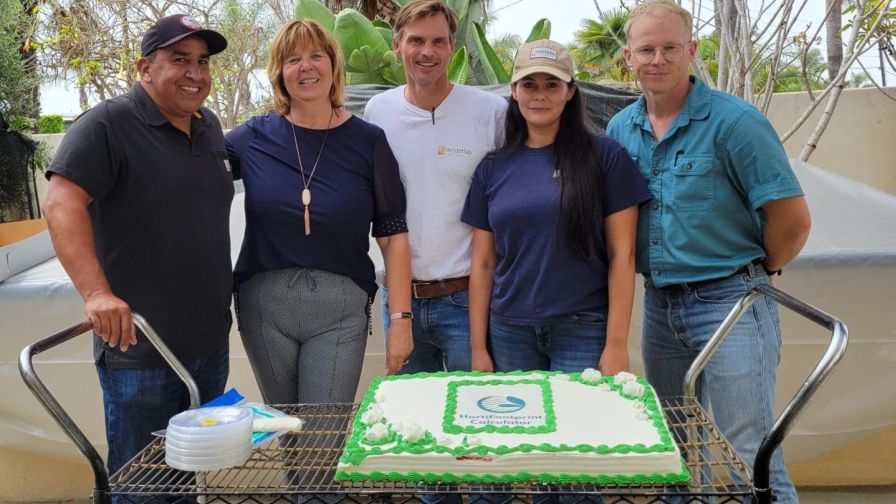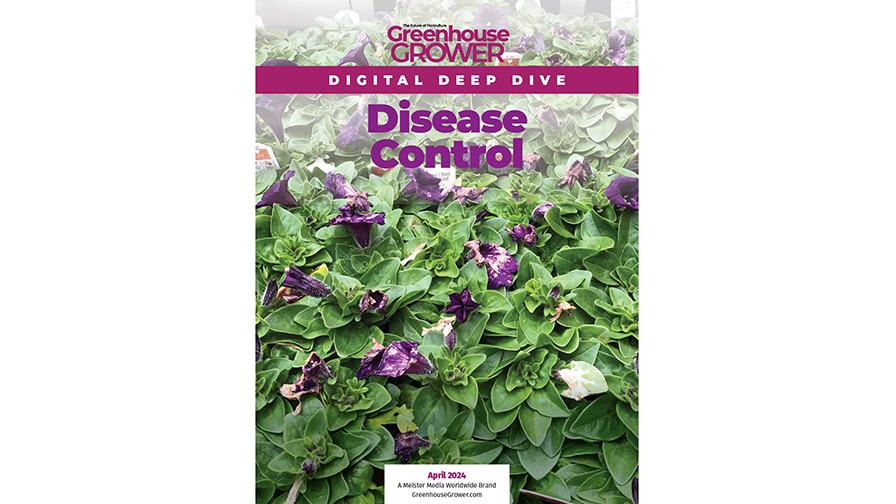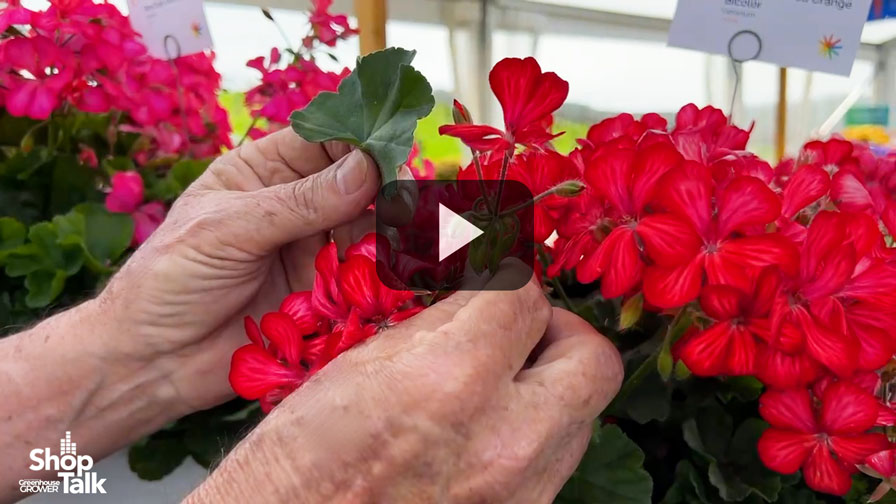How a New Horticulture Footprint Calculator Can Help You Become More Sustainable

Westerlay Orchids was the first North American adopter of the MPS HortiFootprint Calculator. Photo: MPS
This past summer, two leading U.S. ornamental operations became the first North American adopters of MPS’s new HortiFootprint Calculator. The first was Westerlay Orchids, a second-generation, family-run company based in Carpinteria, CA, that focuses on sustainability through continuous reduction of its carbon footprint. The company was aiming to further reduce its carbon footprint during 2022, with a vision of achieving carbon-neutral production by 2026 through the use of solar panels, energy curtains, and a robust offset program.
These efforts at Westerlay build on past efforts such as installing a 300,000 square foot irrigation water recycling catch system in 2018 that reduced water use by 38%. Another payoff beyond the conservation of water has been a reduction in natural gas usage. Channeling the water enables a drier environment in the greenhouse and requires less heating to maintain temperature and humidity. Westerlay reduced its natural gas usage by 11%, an amount in terms of carbon footprint equivalent to taking 29 cars off the road. For 2023, Westerlay is looking to add another 300,000 square feet of drain system.
“Since 2020, we have been calculating our carbon footprint through a third-party service. While this has been a good start, we were eager to work with MPS and the HortiFootprint Calculator so that we can benchmark against industry peers,” says Toine Overgaag, President of Westerlay.
Shortly after Westerlay’s adoption of the HortiFootprint Calculator, Young’s Plant Farm, Inc. in Auburn, AL, became the first North American bedding plant grower to use it. With more than 3 million square feet of production space, this wholesale floricultural company produces annuals, perennials, foliage, and holiday crops for large retailers across the Southeast. It practices sustainability every day in many ways, including collection and filtration of water run-off, as well as water recycling for reuse in production, and research dedicated to selection of production varieties that require the least amount of chemical applications throughout the production process.
In an effort to further achieve their goal of sustainability, Young’s Plant Farm produces a sustainable soil medium on site that reduces their environmental footprint. Through research in conjunction with Auburn University and the USDA, it has successfully implemented a process to transform the entire tree, including the needles, into a soil substrate.
The partnership with MPS began with the implementation of MPS-ABC in an effort to better quantify the company’s sustainability practices. This positive experience led the Young’s team to pursue an MPS-GAP certification to promote an efficient approach of increasing the company’s sustainability efforts. The partnership with the HortiFootprint Calculator was derived from an interest in quantifying a complete supply chain environmental impact vs. their direct impact only.
“We appreciate the solutions MPS has provided to our industry, and we look forward to participating in their continued global sustainability efforts,” says Drew Young, Chief Horticulture Officer/Chief Safety Officer of Young’s Plant Farm.
So why was the HortiFootprint Calculator developed, and what benefits can it provide to growers? I recently connected with Raymond Scheepens, Area Manager at MPS, to learn more.
Brian Sparks (Greenhouse Grower Senior Editor): Can you talk about what the HortiFootprint calculator is and how it works?
Raymond Scheepens: Over the past three years, we started working with a lot of parties within the greenhouse sector, as well as Wageningen University, because we saw that growers’ interest in calculating their carbon footprint was increasing. We first created a database (FloriPEF-CR) to include the impact of everything from plastic to substrates to electricity, fuels, transportation, and crop protection tools. We quickly learned that a lot of this information is already in the MPS-ABC registration tool, in some cases more than 70%, so the next step was to provide growers with a footprint calculation tool which can already be filled with information out of the MPS-ABC registration tool.
From there, we started having a conversation with LetsGrow.com, a company we viewed as an expert in compiling data, adding value, and giving information back to the grower, so the grower can optimize the cultivation process. Together with LetsGrow.com, we created the HortiFootprint Calculator and introduced it in March 2022. Our first goal, based on demand we were seeing from the market, was to create a simple-to-use product that could calculate a footprint for carbon emission.
That was the first version of the tool that we introduced, and we made it a value add for MPS customers because much of what we need for calculating the footprint is already in the MPS-ABC registration, so it doesn’t take a lot of time for growers to make the calculation. We also know there are several other impact categories, such as water and ecotoxicity footprints, that growers may want to measure in the near future, so we will see how the market, including growers and retailers, responds to this first tool, so we have a better idea of where we may need to expand. But we will only do that if the market demands, because otherwise you make it so complicated in the beginning that growers may say they don’t want it because it’s way too complex. Based on what we hear, we are hoping to provide an update on the calculator by the end of this year or the beginning of next year. This will includes all necessary adjustments to calculate the footprint according to the requirements of the FloriPEF-CR.
Brian Sparks: Are you focusing mostly on ornamental growers or growers of any crops in a controlled environment?
Raymond Scheepens: All of the above. That was one of the reasons we collaborated with LetsGrow. MPS is familiar with and has years of experience in the ornamental sector, while LetsGrow.com is big in the fruit and vegetable sector. We’ve also been looking at solutions for vertical farming and cannabis. The first focus will be ornamentals and greenhouse vegetables, but there is potential for cannabis and other crops such as cacao, coffee, cotton, etc.
Brian Sparks: It’s interesting that you are taking an incremental approach to introducing the calculator to avoid making it too complicated right out of the gate.
Raymond Scheepens: Yes, we see carbon footprint as the most important tool to start with. Other concerns such as fresh water consumption may soon become big-impact categories in the near future.









